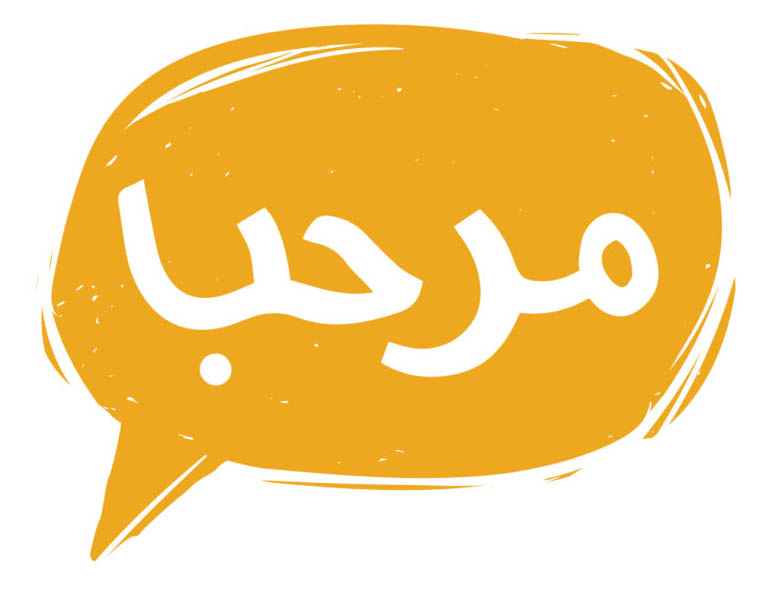
Arabic is one of the world’s most widely spoken languages, with over 420 million speakers. It includes Classical Arabic, Modern Standard Arabic (MSA), and a range of regional dialects, such as Egyptian Arabic (Egypt, Sudan), Levantine Arabic (Syria, Lebanon, Jordan, Palestine), Gulf Arabic (Saudi Arabia, UAE, Qatar, Kuwait), and Maghrebi Arabic (Morocco, Algeria, Tunisia, Libya). This diversity creates a rich but complex linguistic landscape, particularly regarding translation. For businesses and individuals interacting with the Arab world, understanding how and when to use MSA is crucial for effective communication.
What is Modern Standard Arabic (MSA)?
Modern Standard Arabic, or *al-fuṣḥā* (الفصحى), is the standardized version of Arabic used in writing and formal speech across 26 countries. It is also one of the six official languages of the United Nations. MSA acts as a lingua franca, enabling communication between speakers from different regions.
A Brief History: From Classical Arabic to MSA
Modern Standard Arabic was developed in the 19th century during the Arab cultural renaissance (*al-Nahḍa*). MSA emerged as an effort to modernize Classical Arabic and make it suitable for contemporary use, including:
- Adapting the language to modern science, politics, and technology
- Creating a unified written standard for education and media
- Preserving cultural identity while embracing modernity
MSA vs Classical Arabic
Classical Arabic: The language of the Quran and early Islamic literature. It is revered for its literary and religious significance. Modern Standard Arabic is a practical adaptation of Classical Arabic for use in contemporary settings. The key differences between the two include:
- Pronunciation and Vocabulary: MSA is a slightly simplified language and includes terms relevant to modern life.
- Usage: Classical Arabic is mainly used in religious or literary contexts, while MSA dominates education, media, and business.
- Syntax: MSA is more flexible and accessible than Classical Arabic.
MSA vs Arabic Dialects
Regional dialects of Arabic vary widely. Major groups include the following
- Egyptian Arabic (Egypt, Sudan)
- Levantine Arabic (Syria, Lebanon, Jordan, Palestine)
- Gulf Arabic (Saudi Arabia, UAE, Qatar, Kuwait)
- Maghrebi Arabic (Morocco, Algeria, Tunisia, Libya)
- Yemeni Arabic (Yemen)
- Iraqi Arabic (Iraq)
Differences between MSA and Dialects
| Feature | Modern Standard Arabic (MSA) | Regional Dialects |
| Formality | Formal language for official contexts | Informal, used in everyday conversation |
| Standardization | Uniform across the Arab world | Varies by country and even by city |
| Usage Mode | Primarily written | Primarily spoken (but increasingly online) |
| Grammar Complexity | Retains Classical Arabic’s grammar | Features simplified grammatical structures |
| Acquisition | Taught in schools | Acquired naturally as a mother tongue |
This creates a diglossia – where speakers use MSA for formal communication and dialects for daily life – and is critical for translators to distinguish between the two.
When and How to Use MSA in Localization
While regional dialects are central to daily communication and cultural identity, their use in localization presents significant limitations. Unlike Modern Standard Arabic, dialects lack standardization and vary widely from one region to another, even within the same country. This makes it challenging to ensure consistency and scalability when localizing and translating content for broader Arab audiences. A marketing message that resonates in Egyptian Arabic might be confusing or even alienating to someone in Morocco or the Gulf. Moreover, because dialects are primarily spoken and less frequently written in formal settings, their use can reduce the content’s perceived professionalism and credibility.
For this reason, dialects are best reserved for highly localized or informal materials, such as regional ads, influence-based content, or customer support chatbots, where emotional tone and cultural nuance are more important than reach. In most other cases, especially for written, pan-Arab, or formal communications, Modern Standard Arabic remains the more reliable and practical choice.
MSA in Translation and Localization
Choosing between MSA and dialect depends on:
- Target Audience: Use MSA for broad audiences; dialects for localized ones
- Content Type: Use MSA for technical or educational content; dialect for emotional appeal in marketing
- Medium: Use MSA for written information; dialects may be used for spoken or video communication
- Purpose: MSA is typically used for informational purposes; a mix of MSA and dialect is used for persuasive or casual communication
Professional translation agencies and translators usually default to MSA unless instructed otherwise, ensuring clarity and broad accessibility.
Navigating Arabic Localization
Here’s how businesses can navigate Arabic localization smartly.
Know Your Audience: Determine whether your target market prefers MSA for clarity and neutrality or a local dialect for a more relatable and conversational tone.
Avoid Direct Translation Pitfalls: Work with native-speaking localization translation experts who understands each region’s idioms, tone, and sensitivities.
Adapt Visuals and Formatting: Arabic is a right-to-left language, which means layout, alignment, and UX design typically must be adjusted to ensure readability and consistency across devices.
Tailor Content by Region: Consider regional preferences, customs, and religious contexts when developing copy, especially in industries like healthcare, finance, or fashion.
Final Thoughts
Modern Standard Arabic is the glue that connects the diverse Arabic-speaking world. It enables effective communication in formal, educational, and cross-border contexts.
However, dialects play a crucial role in informal, emotional, and hyper-localized communication. Knowing when to use each in translating content is key for successful interaction, whether creating marketing material, localizing a website, or engaging in public relations.
Contact Acutrans to learn about how we can serve your translation needs.
Acutrans is among the top professional interpreting companies providing translations in multiple target languages. We have linguistically diverse teams to support your translation requirements, whether over the phone, onsite, or via video.
